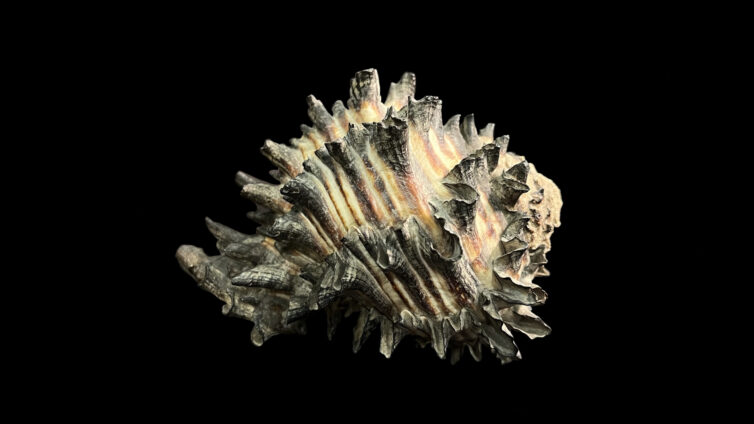
These gastropods are found in various habits, from deep water to rocky or sandy bottoms near the shore. They are known for their strong shells, which are covered in spines. They most often eat bivalves (like clams) by drilling a hole through the prey’s shell. They also eat other mollusks or carrion.
“Most Murexes all possess a special gland that can be processed to make a vibrant purple dye greatly valued by ancient Mediterranean cultures. Learn more about Tyrian Purple here” (Library Guides: Central and South Florida Gastropod Seashell Identification Guide: Murex Snails, n.d.). This purple dye was once worth more than gold (Cartwright, 2023).
Reflection question:
Ancient civilizations would crush thousands of these Murex snails, leaving them to dry in the sun before beginning the dyeing process. Can you imagine the smell involved in this process? Would the value of the dye entice you to be part of this industry—or would you rather sit that one out? Other natural dyes come from onions, so the smell might only be slightly improved!
Reference:
Cartwright, M. (2023). Tyrian Purple. World History Encyclopedia. https://www.worldhistory.org/Tyrian_Purple/
Library Guides: Central and South Florida Gastropod Seashell Identification Guide: Murex Snails. (n.d.). https://nsufl.libguides.com/shellidentification/murexes
